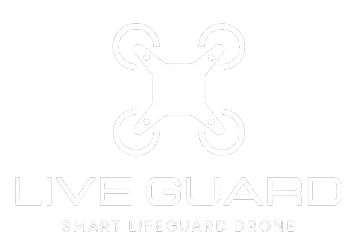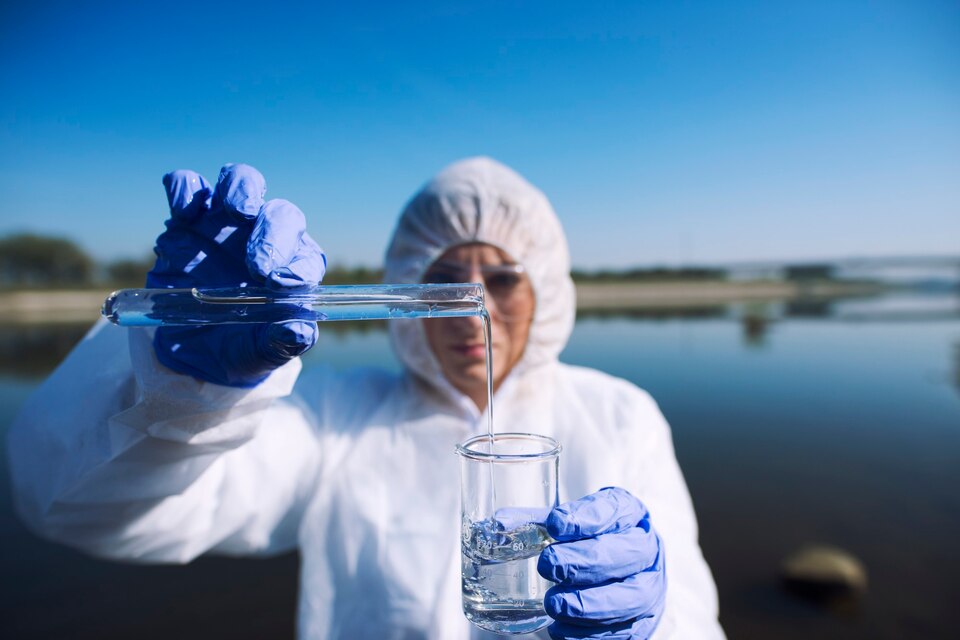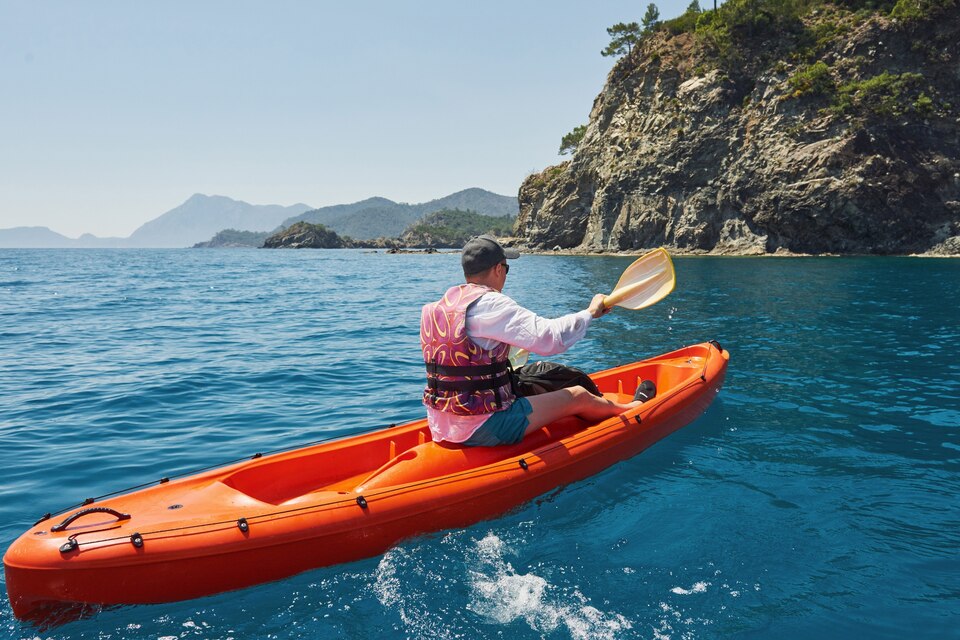Introduction
Water safety is an issue that affects millions of people globally, from the quality of drinking water to the prevention of water-related accidents. With the ever-increasing concerns over contamination, floods, and other water hazards, it has become imperative to invest in advanced solutions to ensure that both the environment and public health are protected. Over the last few years, emerging technologies have begun to play a transformative role in the field of water safety, with new innovations making it easier to monitor water conditions, respond to emergencies, and predict potential risks.
The convergence of artificial intelligence (AI), the Internet of Things (IoT), drones, and other cutting-edge technologies has enabled rapid advancements in water safety measures, ensuring that both real-time data collection and decision-making are more efficient than ever before. These technologies not only improve the detection of water pollution but also enhance emergency response times during crises. Whether through AI-powered predictions of flooding or the use of drones for search and rescue operations, technology is becoming an essential tool in maintaining and improving water safety worldwide.
In this post, we’ll explore some of the most innovative technologies emerging in the field of water safety. From advanced water monitoring systems to the growing role of drones in emergency response, we will discuss how these technologies are helping to reduce water-related accidents, improve environmental health, and create a more sustainable approach to managing our water resources.
1. Cutting-Edge Water Monitoring Systems
Water quality monitoring has always been a critical part of ensuring both environmental health and public safety. However, traditional methods of monitoring, such as manual sampling and laboratory analysis, can be time-consuming, costly, and may not provide real-time data when immediate action is needed. Emerging technologies, however, are now enabling water quality to be monitored in real-time, allowing for faster responses to contamination events and the ability to detect risks that might otherwise go unnoticed.
Real-Time Water Quality Sensors
Real-time water quality sensors are among the most significant innovations in water safety technology. These sensors are designed to detect contaminants, such as bacteria, heavy metals, pesticides, and other harmful substances, as well as measure key water quality parameters such as pH, temperature, and oxygen levels. By providing constant, real-time feedback on water quality, these sensors allow authorities and environmental agencies to take immediate action in the event of contamination.
For example, in areas where water contamination is a serious issue, such as near industrial zones or agricultural regions, these sensors can continuously monitor for dangerous pollutants. If any of the sensors detect elevated levels of a contaminant, an alert is automatically sent to water authorities, allowing them to investigate the source of contamination and take necessary measures to prevent the public from consuming unsafe water.
Autonomous Water Surveillance
In addition to real-time sensors, autonomous water surveillance systems are becoming increasingly prevalent. Drones, autonomous surface vehicles (ASVs), and sensor-equipped buoys can all be deployed to monitor large bodies of water, including oceans, lakes, rivers, and reservoirs. These systems are capable of collecting data on water temperature, chemical composition, and even biological indicators such as the presence of algae blooms, all without the need for human intervention.
One significant advantage of these autonomous systems is that they can be deployed to remote or difficult-to-access locations, such as offshore waters, areas affected by natural disasters, or other hard-to-reach regions. The data they collect is sent back to monitoring stations or cloud-based systems, where it is analyzed in real-time to help identify and manage potential water hazards before they become critical issues.
AI-Driven Analytics for Risk Prediction
Artificial intelligence (AI) is increasingly being integrated into water safety solutions to help predict and manage risks. AI-powered systems can analyze vast amounts of data from various sources, such as water quality sensors, satellite imagery, weather reports, and historical water data, to forecast potential water hazards. These include risks such as harmful algae blooms, floods, droughts, and waterborne diseases.
AI-driven models can predict the likelihood of these events, giving authorities and environmental agencies the ability to take proactive measures to prevent damage. For example, in flood-prone areas, AI can predict river levels and rainfall patterns, allowing local governments to issue early warnings and prepare emergency evacuation plans well in advance.
2. Drones Revolutionizing Emergency Response
Drones have already made their mark in various industries, and water safety is no exception. In fact, drones are transforming emergency response efforts, making it easier and faster to reach people in distress, especially in situations where traditional rescue methods are difficult or impossible to use. These unmanned aerial vehicles are equipped with advanced technology, such as thermal imaging, high-definition cameras, and specialized payloads for delivering emergency supplies.
Drones for Search and Rescue Operations
One of the most important uses of drones in water safety is in search and rescue operations. Whether it’s searching for someone lost at sea or rescuing people stranded in floodwaters, drones can cover vast areas quickly and efficiently. Equipped with thermal imaging cameras, drones can detect heat signatures even in low visibility, such as at night or in murky waters, making it easier to locate individuals who might otherwise be difficult to spot.
In addition, drones can be used to survey disaster-stricken areas, mapping out the most affected zones and helping to identify the safest routes for rescue teams to reach victims. This technology can significantly speed up the time it takes to locate and rescue individuals, ultimately saving lives.
Delivery of Emergency Supplies
In emergency situations, drones can also play a crucial role in delivering critical supplies. This includes life jackets, first aid kits, water bottles, or communication devices to people stranded in the water or isolated by flooding. These drones can carry small payloads over short distances, ensuring that the necessary supplies reach those in need before ground-based rescue teams can arrive.
The ability to deliver essential items during a crisis is especially valuable in remote locations where infrastructure is damaged, or access is limited. Drones can quickly overcome these barriers, making them an invaluable tool for water safety.
Post-Incident Assessment with Drones
After a water-related incident, such as a flood or an oil spill, drones can be used to conduct aerial surveys of the affected area. These surveys provide real-time, high-resolution images and data on the extent of the damage, allowing authorities to assess the situation more effectively and plan their response accordingly. Drones can also be used to monitor the environmental impact of these incidents, providing insights into water contamination levels, wildlife displacement, and other ecological consequences.
Interested in exploring more about the role of technology in environmental protection and safety?
Read our latest blog posts to discover the innovative technologies that are shaping the future of disaster management, water quality control, and more.
Conclusion
The integration of advanced technologies into water safety measures is changing the way we monitor, manage, and respond to water-related risks. From real-time water quality sensors and autonomous surveillance systems to AI-driven predictions and drones for search and rescue operations, these innovations are improving both our ability to prevent water-related hazards and respond to emergencies more effectively. As these technologies continue to evolve, they will play an even greater role in safeguarding public health and the environment. Staying ahead of these advancements is critical for ensuring that our water resources remain safe and accessible for generations to come.



